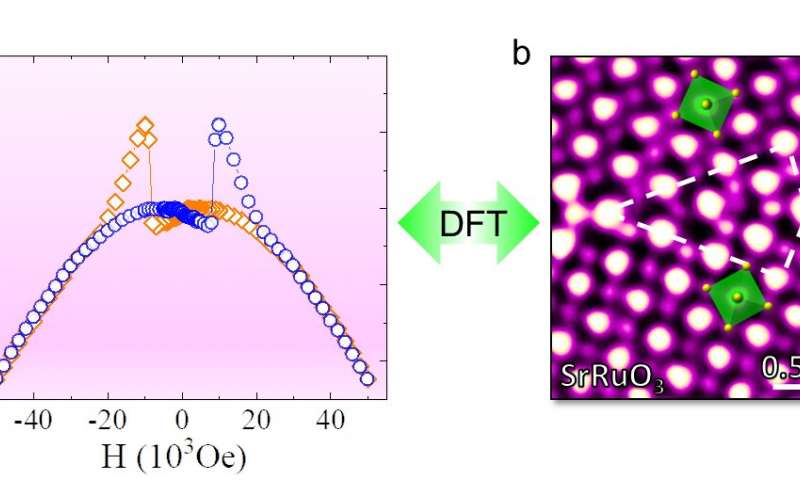Grain boundaries, which consist of periodic
arrangement of structural units and are generally recognized as a
two-dimensional “phase,” can exhibit novel properties that do not
exist in the intrinsic bulk crystal. The altered continuity of
atomic bonding at grain boundaries causes the local chemical
environment to dramatically change at a few unit cells,
subsequently alter local electrical activity, magnetic order or
other physical properties. The effects of grain boundary on
properties is even more significant in complex oxides due to the
substantial interactions between lattices and other order
parameters. Therefore, such an inhomogeneity of materials with
grain boundaries may dominate the entire response in nanoscale
devices and has garnered particular interest in designing novel
functional devices.




